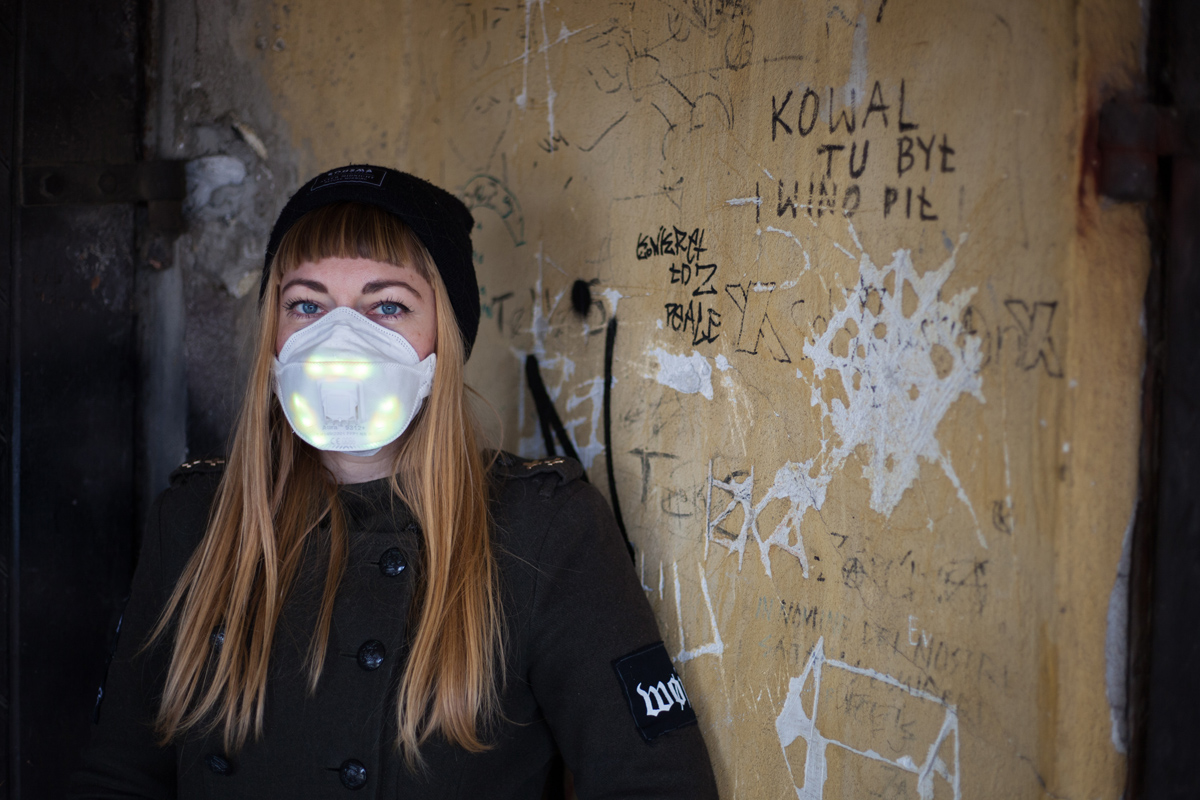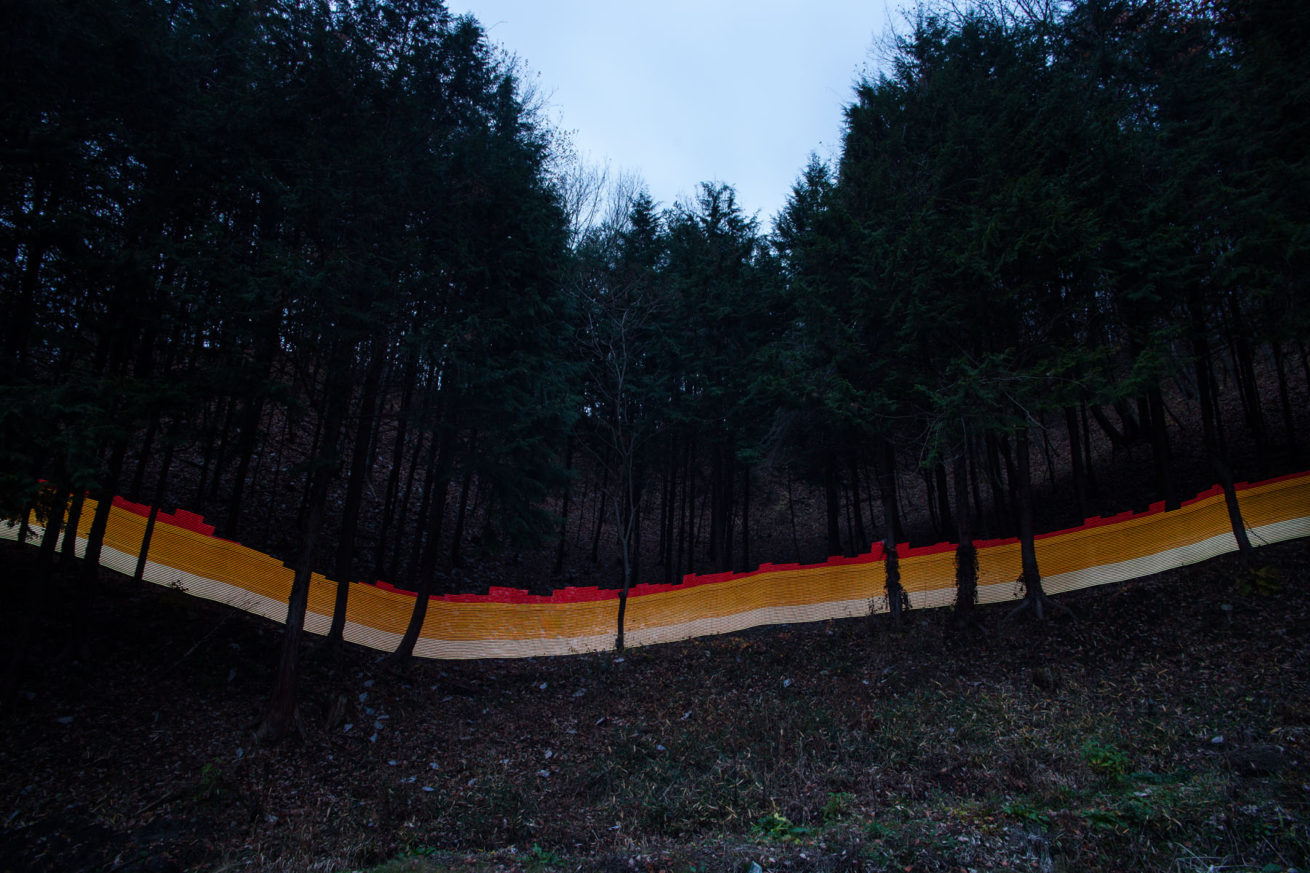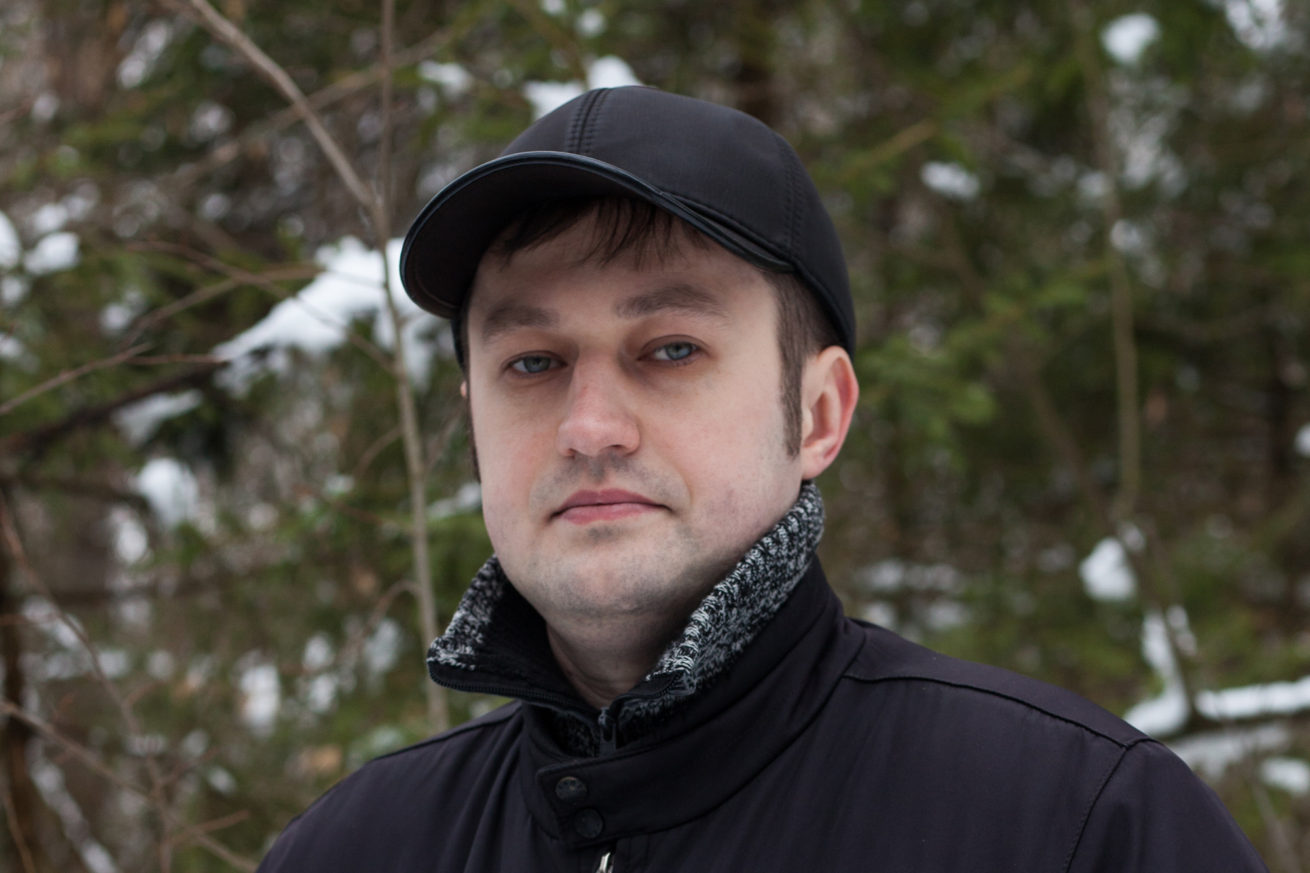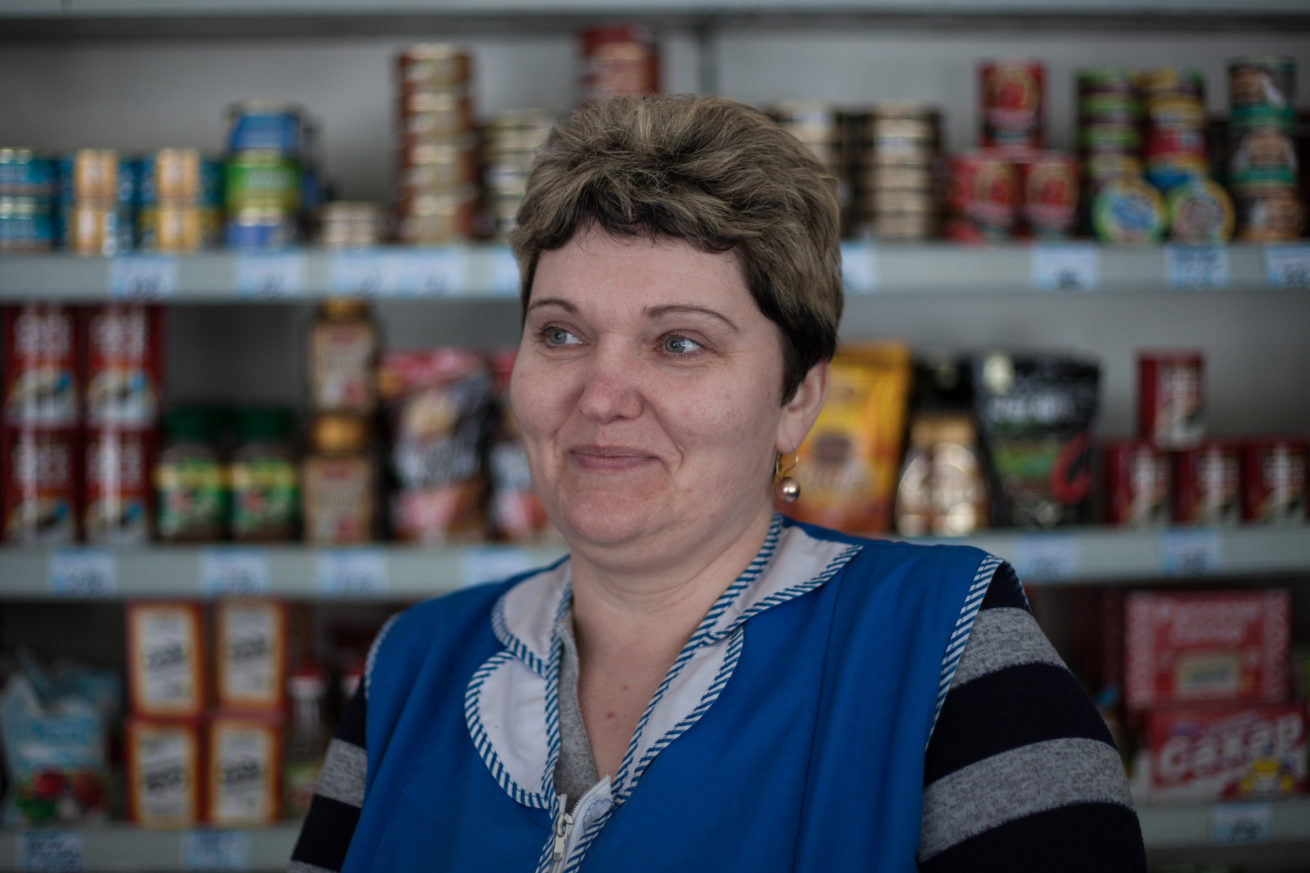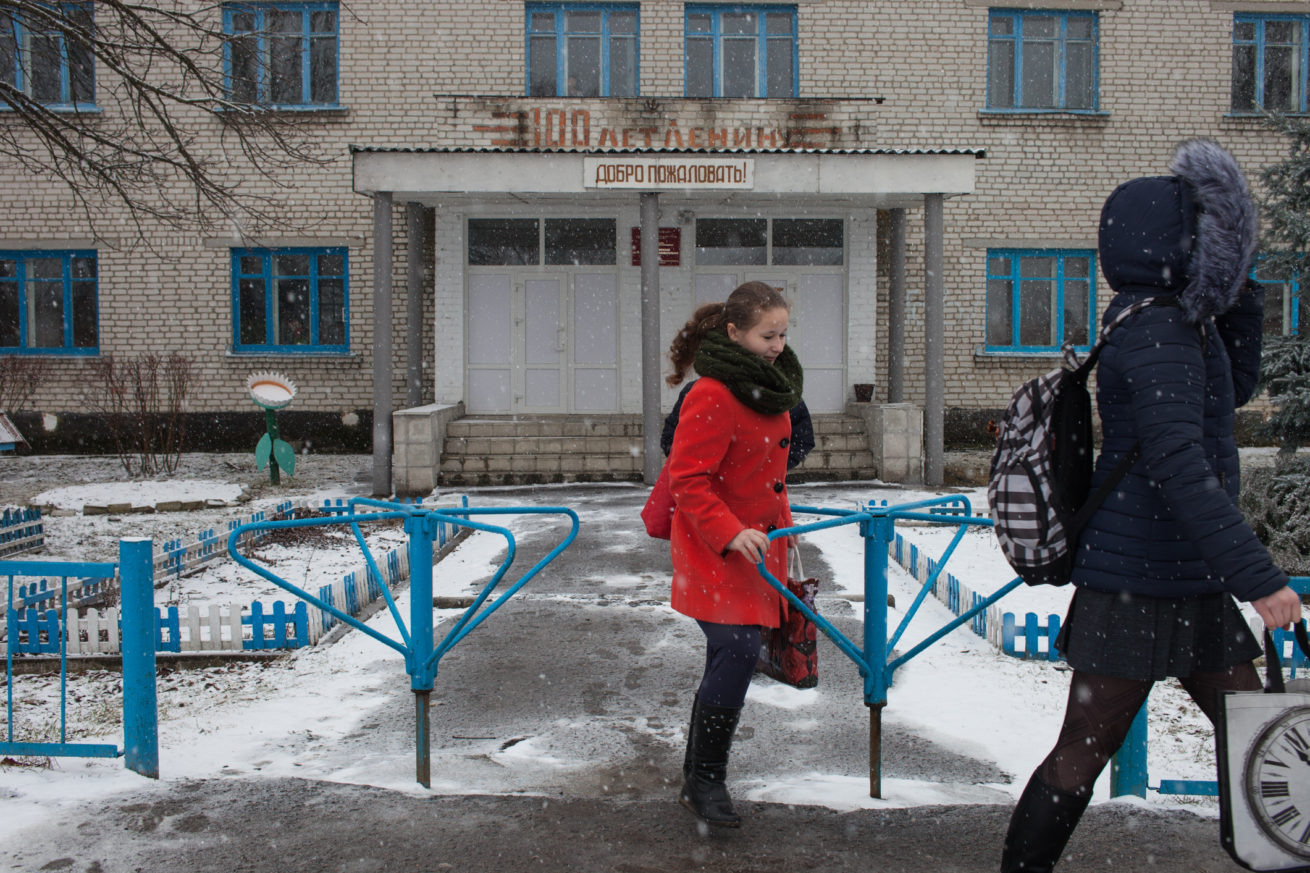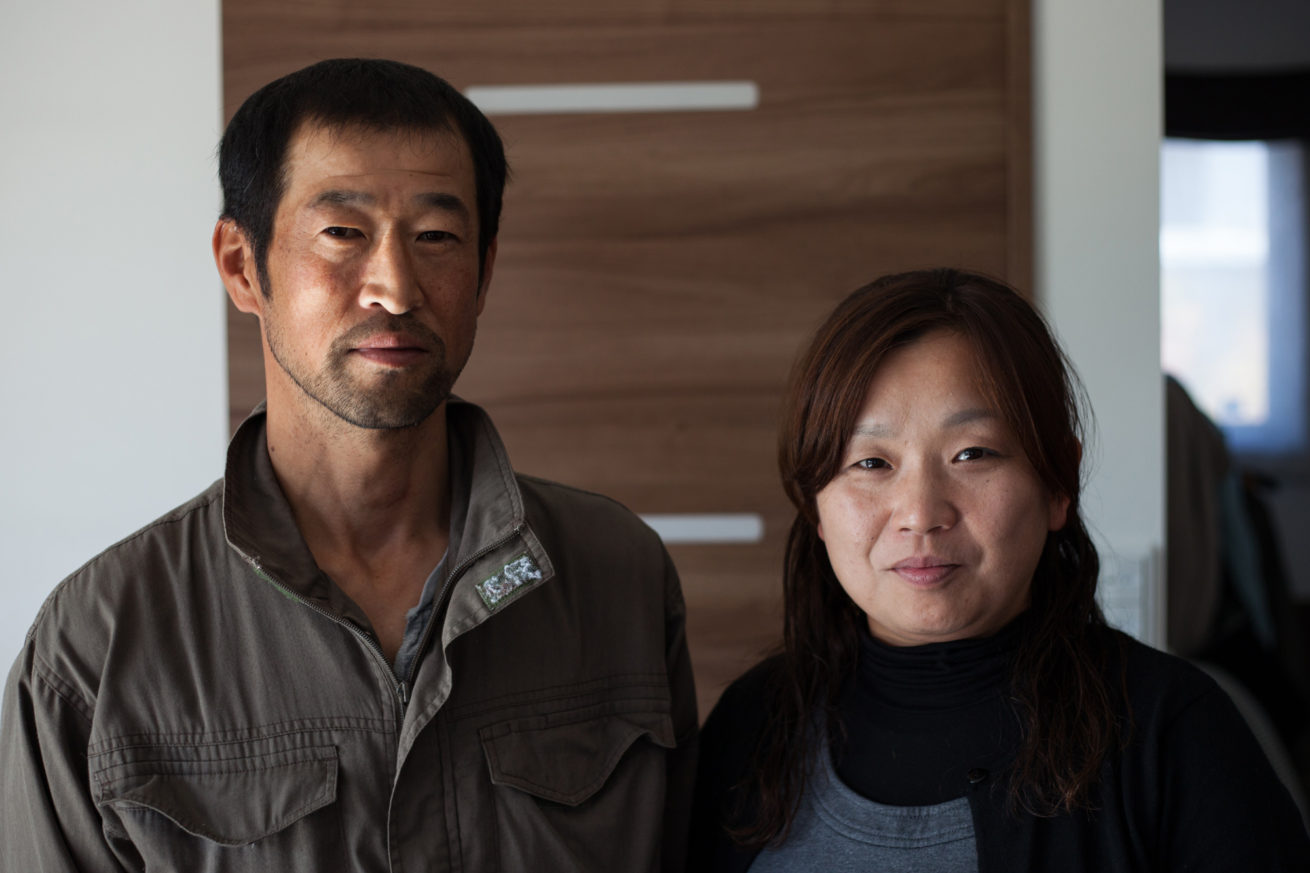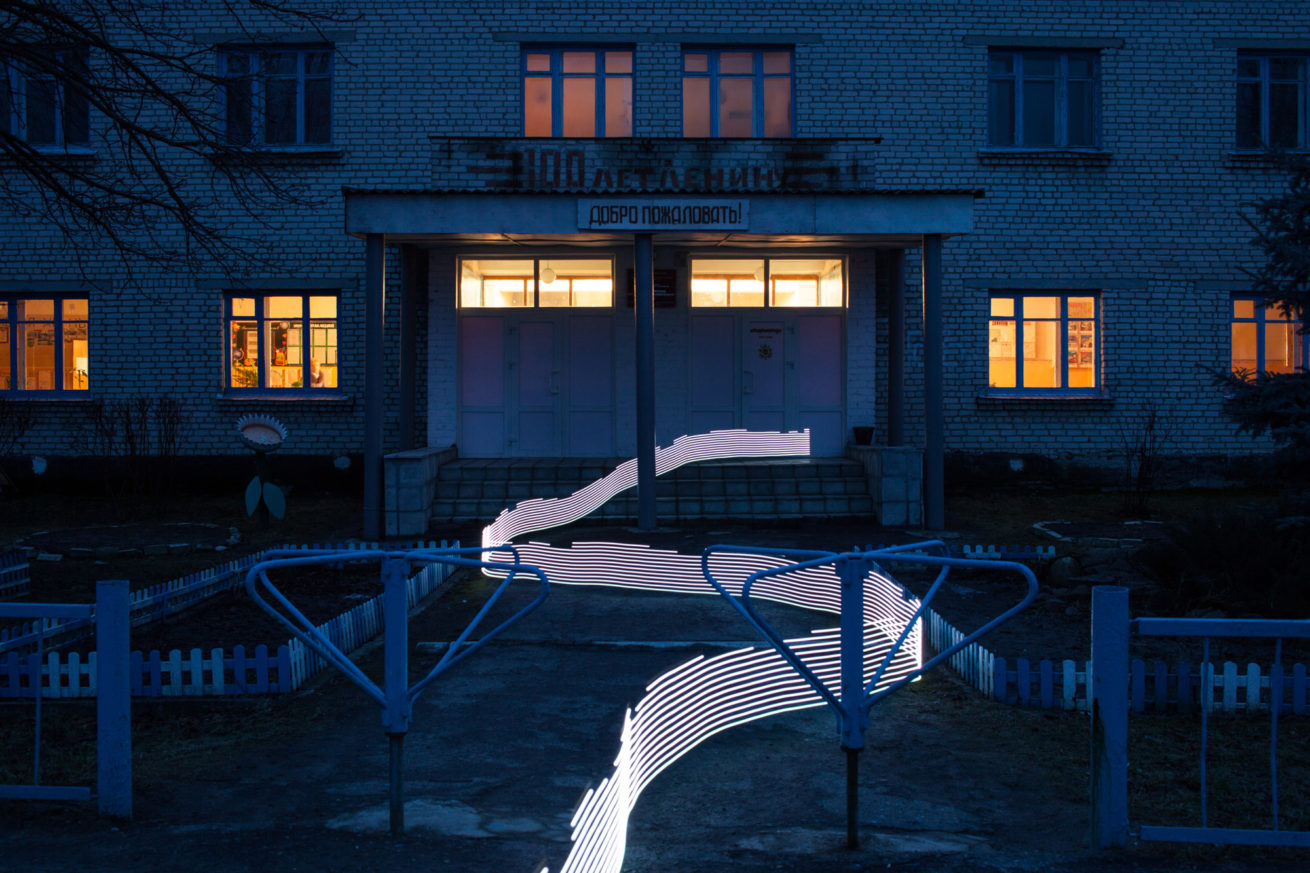Just like the anti-tobacco campaigns of the late 20th century, doctors are sounding alarms about the health risks of poor air quality in our cities, and through Unmask My City – a new initiative developed by the Global Climate and Health Alliance and my organisation, the Global Call for Climate Action – are aiming draw attention to the public health crisis air pollution is driving.

